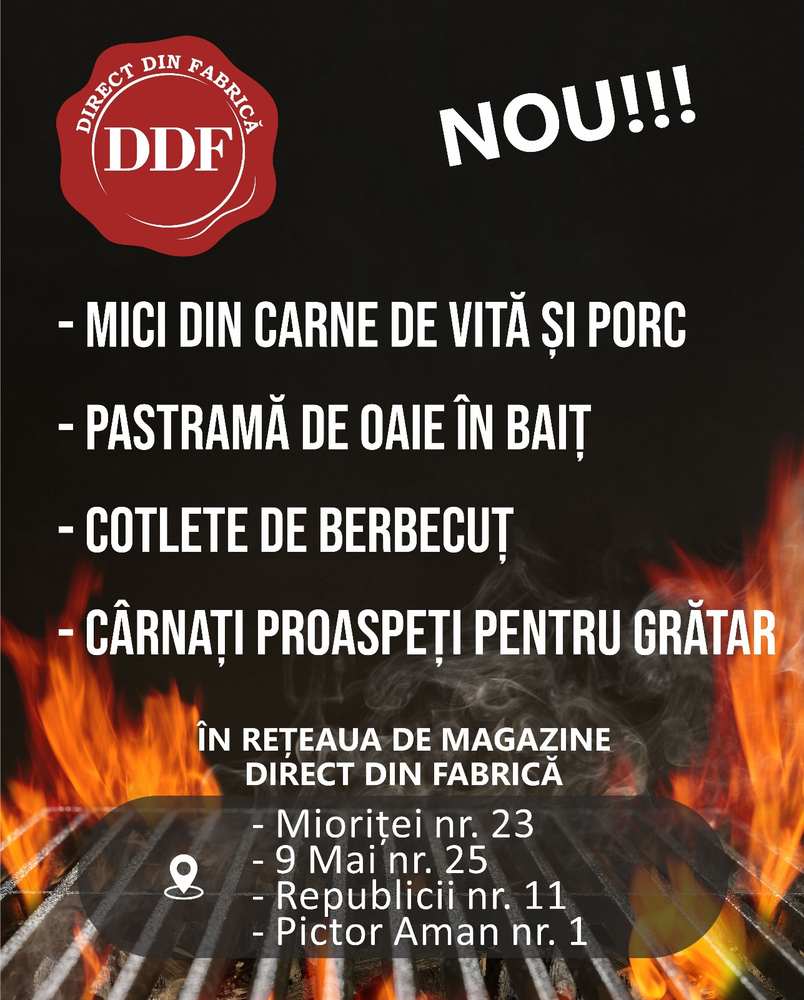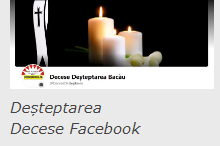The cultural heritage assets of the „Iulian Antonescu” Museum Complex in Bacău, loaned to the National History Museum of Romania for the international exhibition Dacia, the Kingdom of Gold and Silver, organized at the Drents Museum in Assen, the Netherlands, have been returned to the Bacău museum. Among them is the famous Răcătău Treasure, one of the most valuable assemblages of artifacts discovered in the historical region of Moldavia.
An Exceptional Archaeological Discovery
The Răcătău Treasure dates back to the Bronze Age (20th–19th century BC) and was discovered in 1969 by archaeologist Viorel Căpitanu during excavations in Răcătău, Bacău County. Its discovery provided valuable insights into the communities that inhabited this region during that historical period, belonging to the Monteoru culture.
The treasure consists of 41 gold objects: a spiral, six loop rings, and a necklace made of 34 beads. These items were found stored in a small asymmetrically shaped fired clay vessel, measuring 5.6 cm in height. According to archaeologists, this container was not intended for funerary or domestic use but was likely used exclusively for storing valuable items.
Objects of Exceptional Beauty
The artifacts in the treasure impress with their fine craftsmanship and intricate technical details. The gold spiral, measuring 3.2 cm in length, is made from thick wire twisted into five equal coils. The loop rings are crafted from gold bars with varied cross-sections, some featuring rolled and twisted ends forming spirals. The 34 beads display a diversity of shapes—spherical, tubular, and ellipsoidal—some with slight faceting.
According to specialists, this treasure likely belonged to a high-ranking woman from the Monteoru community, playing a significant role within her tribe. The fact that the objects are exclusively jewelry suggests their importance in signifying social status and tribal elite affiliation.
An International Journey and a Return Home
The precious artifacts from the Răcătău Treasure were exhibited as part of the ill-fated Dacia, the Kingdom of Gold and Silver exhibition at the Drents Museum in Assen between July 2024 and January 2025. The exhibition showcased some of Romania’s most spectacular archaeological discoveries, highlighting Dacian and pre-Dacian culture and civilization.
However, the exhibition became notorious due to the theft of the famous 2,500-year-old gold helmet and several Dacian bracelets in a heist that exposed significant security and organizational flaws. The incident sparked a political scandal in Romania, raising serious concerns about the protection of national heritage in international exhibitions.

















